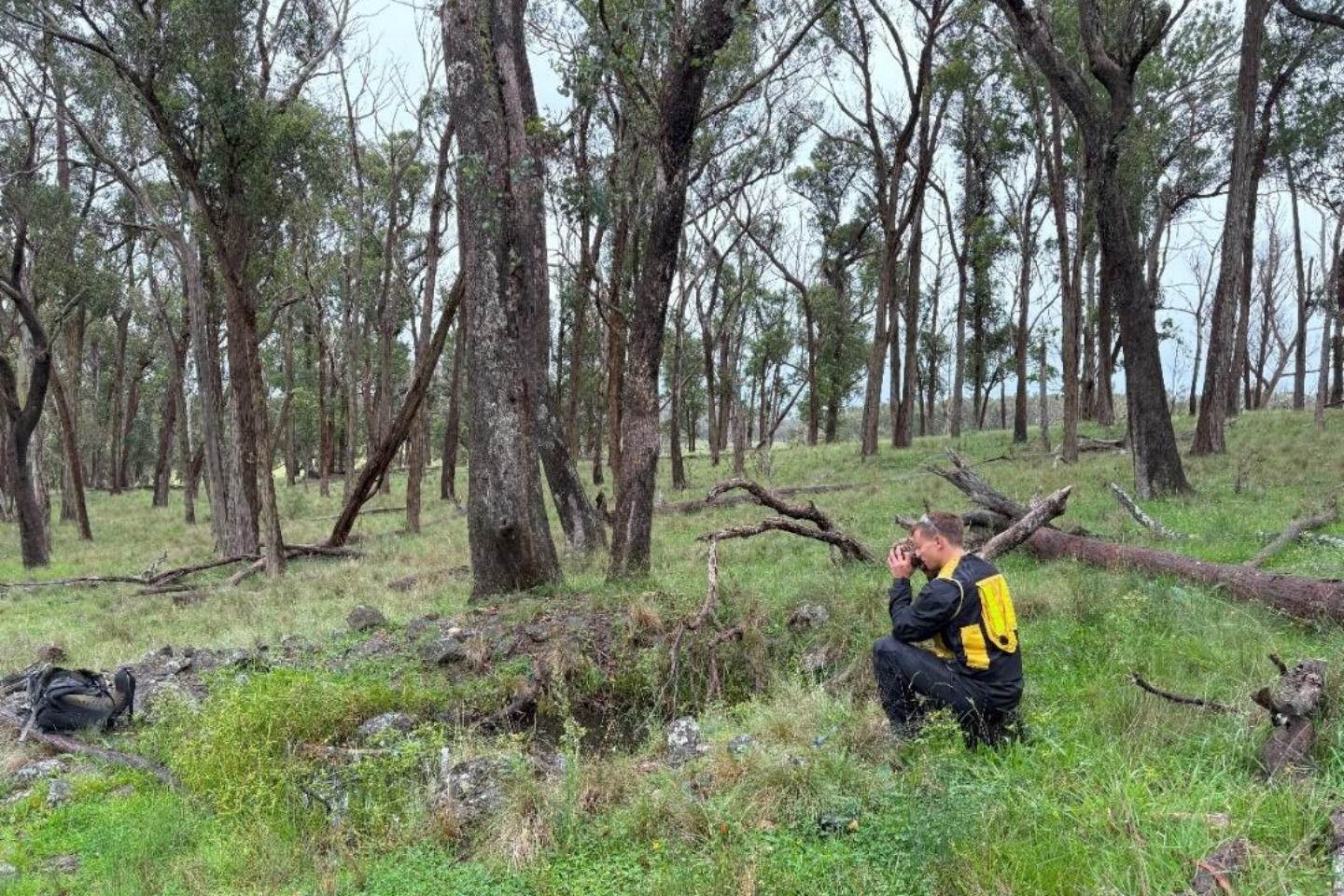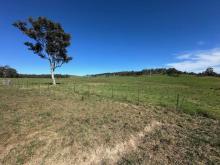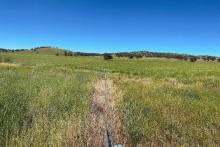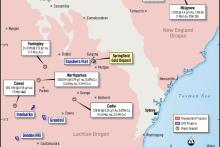Thunderbird Resources has nabbed high-grade gold up to 19.3 grams per tonne and 4.12 per cent antimony in rock chip grab samples from initial exploration work at its Rockvale and Kookabookra projects in northeastern NSW. The Rockvale project is within shouting distance of Larvotto Resources’ Hillgrove gold-antimony operation, which hosts the nation’s largest antimony resource.


Thunderbird Resources has nabbed high-grade gold up to 19.3 grams per tonne (g/t) and 4.12 per cent antimony in rock chip grab samples from initial exploration work at its Rockvale and Kookabookra projects in northeastern New South Wales.
Significant assay results of 19.3g/t and 8.56g/t gold were returned from rock chips at Kookabookra, along with 4.12 per cent antimony and 200g/t silver in rock chips from the Rockvale project.
Rockvale is within shouting distance of Larvotto Resources’ Hillgrove gold-antimony operation, which hosts the nation’s largest antimony resource of an impressive 96,000 tonnes. Coupled with its 1.135-million-ounce gold resource, the Hillgrove project has a gold-equivalent resource of 1.7M ounces at a stellar gold-equivalent grade of 7.4g/t.
Thunderbird moved quickly to gain access to high-priority targets at the project site, based on a historical data review, where high-grade gold, silver and antimony were previously identified.
Both of Thunderbird’s projects have returned multiple historical gold occurrences.
The company is negotiating further land access agreements to quickly complete exploration to sniff out additional promising targets.
Rockvale is adjacent to Larvotto’s Hillgrove project. Thunderbird plans to complete soil sampling and detailed mapping at its Achill prospect within Rockvale. Achill is already the site of a high-grade antimony find.
The Achill prospect, 12.5km northeast of Hillgrove, comprises several historical workings where the mineralisation is associated with quartz veins and breccias within metamudstone-siltstone. Disseminated stibnite (antimony) of 1-2 per cent has been observed within quartz veins and is associated with anomalous gold and silver. Rock chip assays have returned up to 0.89g/t and silver going 200g/t.
The sampling identified antimony occurrences trending north to south over a 130-metre strike length, open to the north, where it is interpreted to continue under cover. It also remains open to the south.
Thunderbird’s Taits Gully prospect has various historical workings, including the Mary-Ann mine. Samples of material at the mine dump assayed up to 110g/t silver and 1.76g/t gold.
Rockvale sits between two north-east trending regional-scale faults, the Chandler fault and the Hillgrove fault. The faults are believed to provide important controls on the mineralisation at the nearby Hillgrove project.
Thunderbird Resources executive chairman George Ventouras said: “We are encouraged by the results from the very first on-ground sampling undertaken by the company at these strategically located projects. Importantly, the assays confirm previous historical high-grade results and give us increased confidence in the potential of these projects to host significant gold and antimony mineralisation.”
At the Kookabookra project, the majority of the 24 samples collected were from historical workings and limited to areas where local landowners have granted access. Further land access agreements have been signed since completing the program, which is expected to provide access to the project’s eastern portion.
Management considers various historically worked areas such as Butchers Reef, Bear Hill and Ditton’s Mine to be underexplored with modern methods. With no previous drilling, they provide huge potential for discovery.
Additional land access agreements expected to be finalised shortly will enable access to further areas within the eastern portion, specifically at Bear Hill and Butchers Reef. The company then plans to conduct rock chip sampling and geological mapping, followed by a geochemical soil sampling program.
The Kookabookra mineralisation is associated with predominantly north-south trending quartz veins and structures within granitic host rock, which are close to a major regional fault.
The presence of gold across an area greater than 1km in strike length suggests a significant mineralised system that has never been tested at depth by drilling.
Management says it has recently completed a soil sampling program at its Mannix and Mt Secret prospects, in addition to British Lion Reef, Kookabookra Reef and Welcome Stranger, in the central portion of the project. It expects the program to help identify drill targets. Soil assay results are expected in about six weeks and drilling in the third quarter of this year.
An induced polarisation survey is being considered to help identify drill targets where the soil sampling proves less effective.
Thunderbird’s two projects contain more targets than a shooting gallery and a bit of luck with the drill bit will go a long way towards creating real value in a time of high demand for antimony and gold in today’s market.
Is your ASX-listed company doing something interesting? Contact: matt.birney@businessnews.com.au













